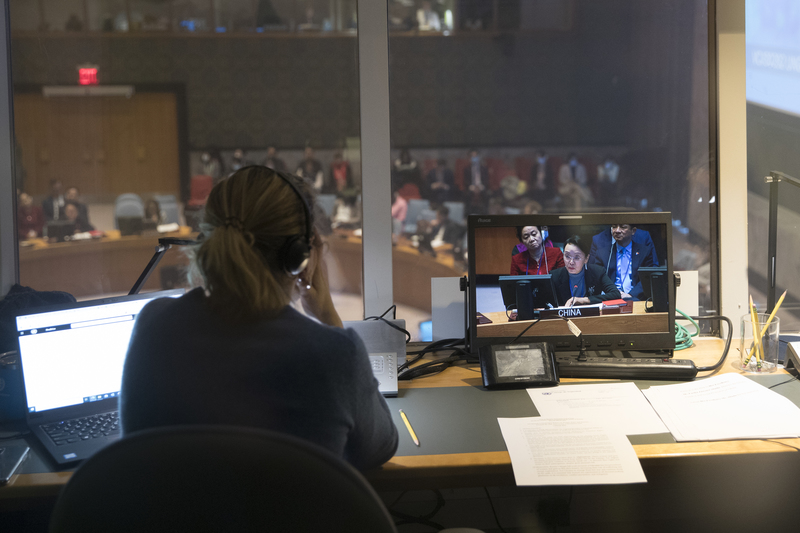A heart-wrenching family drama that had Chinese viewers reaching for tissues bombs in Nigeria. A snappy romantic comedy, a hit in Brazil, leaves Indian audiences confused. A high-stakes thriller adored in France gets labeled "silly" in South Korea. These aren’t random flukes—they’re symptoms of a deeper issue: short dramas often sail into foreign markets without a cultural compass. The problem isn’t that the stories are bad; it’s that they’re speaking a language the audience doesn’t understand, culturally speaking.
The fix isn’t to panic and reedit after the fact, nor is it to blame the audience for "not getting it." It’s to do the work upfront: cultural consultation before localization even begins. Think of it as a navigator for your content—someone who spots the reefs and currents on the map before you steer into them. Research in cross-cultural media studies, from scholars like Edward T. Hall’s work on high-context vs. low-context cultures to modern case studies, shows that this preemptive step can mean the difference between viral success and 默默无闻 (obscurity). Below is a practical, research-backed checklist to guide creators, designed to turn cultural differences from obstacles into opportunities.
Every culture operates on a set of core values—unwritten rules that dictate what feels "right" or "meaningful." These values act as a lens through which audiences judge characters, conflicts, and resolutions. Ignoring them is like trying to play a game without knowing the rules. Consider individualism vs. collectivism, a dimension identified by anthropologist Geert Hofstede in his landmark cultural dimensions theory. A short drama celebrating a protagonist who betrays their family to pursue personal glory might thrive in the U.S., where individual achievement is lionized, but falter in South Korea, where familial loyalty often takes precedence. A 2023 study by the Global Content Institute found that 68% of Korean viewers cited "disrespect for family bonds" as a top reason for abandoning a foreign drama. Other value clashes are subtler. In Japan, where "enryo" (restraint) is prized, a character loudly boasting about their success might read as obnoxious rather than heroic. Meanwhile, in Brazil, where expressive emotion is celebrated, understated reactions could be perceived as cold or unengaging. Cultural consultants don’t just flag these differences—they help reframe narratives to align with local values. A protagonist’s ambition, for example, might be reworked to benefit their community in collectivist markets, preserving the core story while resonating emotionally.
Taboos are cultural tripwires, and stepping on them can derail a drama overnight. These aren’t just obvious no-nos like explicit violence or hate speech—they’re often deeply specific to a region’s history, religion, or trauma. Religious sensitivities top the list. In Malaysia, a Muslim-majority nation, depicting pigs or alcohol consumption in casual contexts can spark backlash, as both are prohibited in Islam. A 2022 Chinese short drama faced boycotts there after a scene showed characters eating pork dumplings during a festive gathering—a harmless moment at home, but deeply offensive locally. Similarly, in India, where cows are sacred, a throwaway joke about beef could alienate millions. Historical wounds are another minefield. In Poland, references to Russian dominance (even fictional) can stir painful memories of occupation. In Rwanda, depictions of ethnic division risk triggering trauma from the 1994 genocide. These aren’t topics to "handle carefully"—they often require complete avoidance unless the story is explicitly about healing, with local collaborators guiding the narrative. Gender and identity norms vary too. In Saudi Arabia, a scene of an unmarried couple living together might violate conservative social codes, while in Sweden, rigid gender roles (e.g., a woman solely responsible for housework) could feel regressive. Cultural consultants don’t enforce these norms—they highlight them, letting creators decide whether to adapt, explain, or pivot.
Humor is a cultural fingerprint—what makes one group laugh can confuse or offend another. Linguists call this "contextual dependency": jokes rely on shared knowledge, social norms, and linguistic quirks that rarely translate directly. Take wordplay. A Chinese short drama’s recurring joke about "shi" (the homophone for "poetry" and "death") falls flat in English, where no such overlap exists. Slapstick, often thought universal, isn’t—some cultures see physical humiliation as cruel rather than funny. A 2019 study in Humor Research found that German audiences preferred intellectual puns, while Thai audiences responded better to situational comedy involving social awkwardness. Satire is even riskier. Mocking authority figures might thrive in Western democracies but could be seen as destabilizing in countries with stronger respect for hierarchy. In Singapore, where social order is highly valued, sarcastic jabs at government institutions often miss the mark. Cultural consultants don’t just translate jokes—they identify the function of humor (to bond, to critique, to release tension) and help recreate that effect using local comedic languages.
Aesthetics—color, pace, character design—communicate as loudly as dialogue. What feels "visually appealing" is shaped by culture, and mismatched aesthetics can make a drama feel alien, even if the story is strong. Color symbolism is a prime example. White, associated with purity in Western weddings, signifies mourning in China and Korea. Red, lucky in much of Asia, evokes danger in South Africa. A 2021 Vietnamese short drama failed in Mexico partly because its red-dominated poster design read as "warning" rather than "excitement." Pacing matters too. K-dramas, known for their slow-burn emotional build, often need faster cuts and tighter subplots for U.S. audiences, who research shows prefer 20% more scene changes per minute. Conversely, Western dramas with rapid-fire dialogue can feel chaotic to Japanese viewers, who value pauses as opportunities for reflection. Character aesthetics also vary. In Brazil, diverse body types in leading roles are increasingly celebrated, while some Southeast Asian markets still favor more traditionally "idealized" figures. Hairstyles, clothing, even makeup—like the preference for natural looks in Scandinavia vs. bolder styles in the Philippines—require local input to avoid feeling inauthentic.
The difference between success and failure often lies in pre-production cultural checks. Consider Sunset Café, a 2023 Chinese short drama about a café owner navigating family and romance. Initially, it flopped in Turkey: its focus on individual dreams clashed with Turkish values of family duty, and a subplot about drinking alcohol alienated conservative viewers. The creators then hired a Turkish cultural consultancy. They reworked the protagonist’s motivation to include supporting her sibling’s education (aligning with family-centric values) and replaced alcohol scenes with tea ceremonies, a beloved social tradition. The revised version became a hit on local streaming platforms, with viewers praising its "authenticity." Compare that to Rush Hour, a U.S. comedy short that bombed in Germany. Its reliance on slapstick and exaggerated stereotypes of "efficiency" felt lazy to German audiences, who value nuanced humor. No pre-localization checks meant no chance to adapt—by the time the backlash hit, it was too late.
Cultural consultation isn’t about diluting creativity—it’s about giving stories the best chance to connect. It turns "水土不服" (cultural incompatibility) into "如鱼得水" (feeling at home). By integrating these considerations into pre-production—examining values, avoiding taboos, rethinking humor, refining aesthetics—creators don’t just prevent disasters; they unlock new layers of storytelling that resonate across borders. In an increasingly globalized market, the question isn’t "Why bother with cultural checks?" It’s "Can you afford not to?" After all, the best stories don’t just travel—they transform, and that transformation starts long before the first scene is shot.











